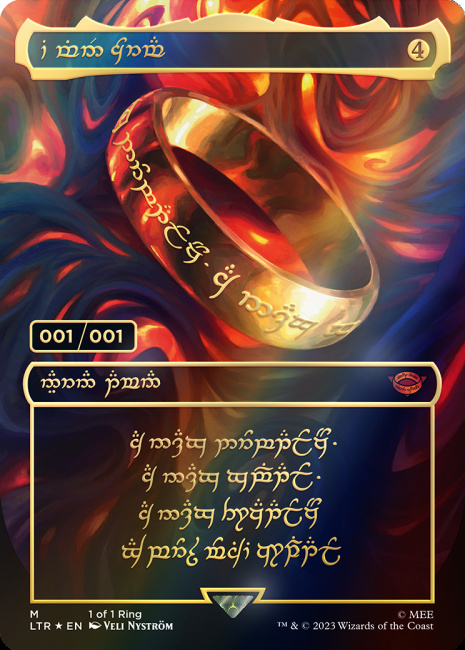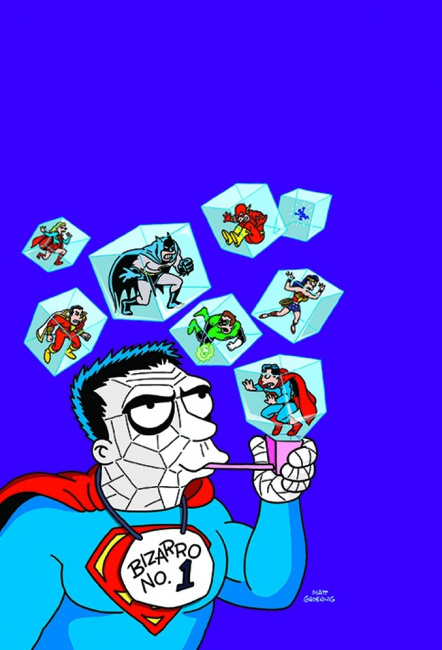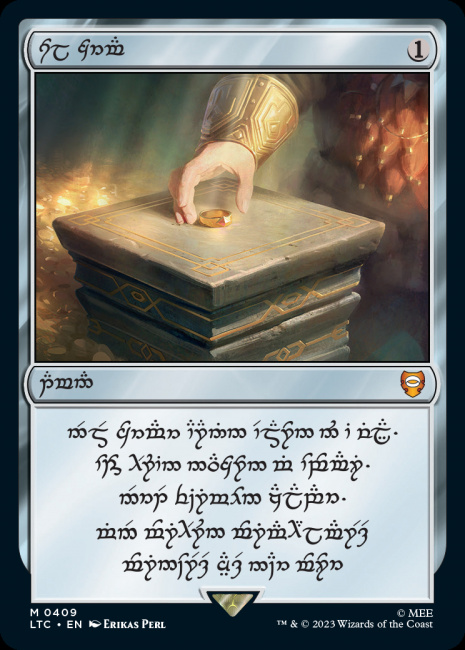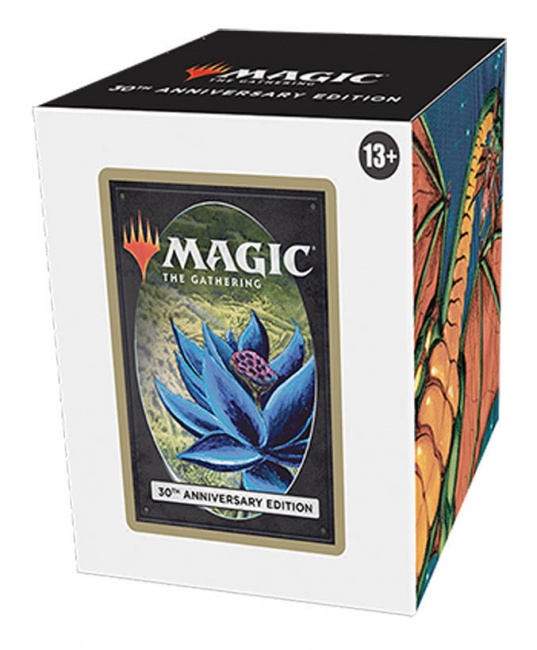Early reports of secondary market prices for Magic: The Gathering Universes Beyond – Lord of the Rings: Tales of Middle Earth singles after prerelease weekend were epic. Not only does this set have a potential $2 million-plus card (see “The One Ring to Over $2 million“) in it, but it also apparently has several chase cards worth $200 or more. The other Serialized Rings were averaging on eBay around $3000 for the Human Sol Ring (xxx/900), $6000 for the Dwarven Sol Ring (xxx/700), and $10,000+ for the Elven Sol Ring (xxx/300). Even the non-Serialized Rings were fetching values between $300 to $800, and several Surge Foils were also in the hundreds.
This set roams a little bit into Bizarro World as far as card values go. Now, collectors could conceptually trade a serialized Elven Sol Ring for a moderately to lightly played Unlimited Black Lotus (or vice versa). In one of the posts I saw online, there was someone looking to trade a serialized Human Sol Ring for a Library of Alexandria (from Arabian Nights) plus cash to make up the difference. The serialized Dwarven Sol Ring could possibly be traded in for a copy any one of the Unlimited Moxes.
Are these perceived values getting a little strange here? Or is it not so strange?
Traditionally, the Power Nine and certain Arabian Nights, Legends, and Antiquities cards have been the most sought after and coveted Magic: The Gathering cards; that was, until the Tales of Middle Earth prerelease. The Power Nine might’ve just become the Power Thirteen (adding The One Ring 001/001 and the three other serialized Sol Rings). Either the whole value paradigm has changed when valuing old rare cards versus new rare cards, or the secondary market needs some re-balancing.
To evaluate what is going on here, we have to take a look at what makes a card valuable. There are usually four main factors involved here: rarity, desirability, condition, and age. Rarity is essentially “how hard is this card to find” and desirability translates to how much someone else wants the card. Condition refers to the physical state of the card (see “Card Conditioning Guide“), and age is a big factor because card population attrition over time makes a card more rare with less of that card remaining in better conditions. Sub-factors of rarity and desirability could be the card containing a relic, autograph, or misprint, and how the card functions as a game piece.
For the Power Nine and similar early Reserved List cards (see “‘Magic’ Reserved List is Here to Stay“), the main factors that apply to their value are desirability, condition, and age. Beyond the Alpha and Beta cards, the cards from the first four sets were initially not too scarce because they were printed in the thousands. Reserved List cards that functioned well as game pieces were played frequently in decks over time, and card attrition over the last 30 years of Magic: The Gathering has reduced the total available population of Excellent condition examples of these cards significantly. Additionally, the population of these cards are also reduced by some dealers accumulating inventories of these cards over time and hanging onto them to sell later.
The new Serialized Ring cards and Surge Foils are valuable because they are rare, desirable, and come pack fresh (at least till supplies run out). The Serialized Rings have excessively low print runs (see “‘Lord of the Rings’ Cards“) and are distributed across millions of Collector Boosters worldwide. The odds of finding one of these foil Rings in a Collector booster are less than 0.03%. They are very, very scarce, and ultra desirable to both Lord of the Rings and Magic fans alike. However, as a game piece, each Serialized Ring is functionally a Sol Ring (a $2 card), so there is no added value for unique or powerful gameplay effects to these cards. As a side note, Wizards of the Coast appears not to have solved its foiling issues, and the Serialized Rings as well as Surge Foils may suffer from the “Pringle Effect” (the foil curls). Ironically, the foiling flaws may actually increase the value of these Serialized Rings as they get graded because non-Pringled foils will likely receive higher grades and be worth more as gem mint cards!
Regardless of whether or not the prices for the new cards hold on the secondary market, it appears that there has been a clear paradigm shift in perceived values for Magic singles. WotC has successfully found a way to make newly-printed cards as valuable or more valuable than Reserved List cards, and the demand for these new rarities amongst the fans are clearly high. They’ve also tempered the values of some of the early edition Reserved List cards a bit with the release of 30th Anniversary Edition (see “Beta Reprints“), which also might be a factor driving the demand for new ultra rare cards. WotC has essentially created a “New Reserved List” with serialized cards and used it to drive demand for newer premium products.
For retailers, this is an excellent development for Magic: The Gathering sales because expensive, theoretically obtainable cards sell sets; as many might’ve noticed over the prerelease weekend (see “‘Tales’ of Great ‘Magic’ Sales“). Every retailer I surveyed reported absolutely explosive sales at their FNM prereleases, which is a win for FLGS and a win for the games industry in general. As I mentioned in an earlier column, this Magic: The Gathering release is the perfect chance to “sell the dream and ring the register” (see “The One Ring Retailer Chat“).
The opinions expressed in this column are solely those of the writer, and do not necessarily reflect the views of the editorial staff of ICv2.com.
Source: ICV2









